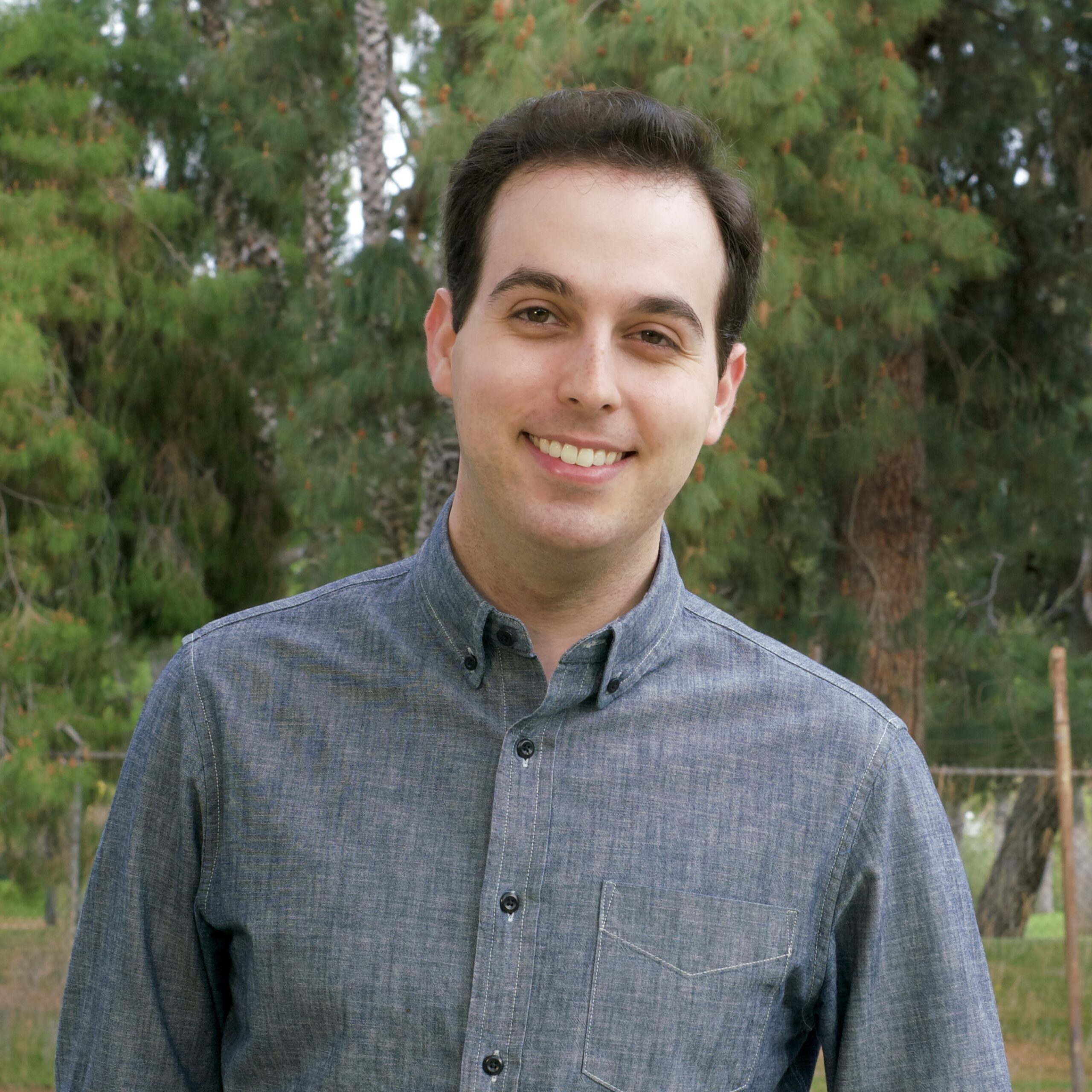California
Print Page Download PDF
According to the PricewaterhouseCoopers study, Contribution of General Aviation to the US Economy in 2018, general aviation in California contributes over $32.7 billion to the state’s total economic output.
Aviation by the Numbers
According the 2018 Aviation in California: Fact Sheet, California has 214 general aviation airports, which, according to the FAA, support 68,846 pilots and 24,756 registered aircraft.
Number of Jobs
According to the PricewaterhouseCoopers study, Contribution of General Aviation to the US Economy in 2018, general aviation supports 148,300 jobs in California, resulting in over $11.3 billion in labor income.
Economic Impact
According to the same study, general aviation in California contributes over $32.7 billion to the state’s total economic output.
According to the FAA, California is home to 555 repair stations, 65 FAA-approved pilot schools, 25,562 student pilots and 10,353 flight instructors. According to Helicopter Association International, there are 503 heliports in California. In addition, there are 232 fixed-base operators according to the AC-U-KWIK directory.
According to the University Aviation Association, flight departments in California include California Aeronautical University in Bakersfield, California Baptist University in Riverside, Cal State LA Department of Technology in Los Angeles, Mt. San Antonio College in Walnut, San Jose State University in San Jose, and University of Southern California in Los Angeles.
Sustainability
In California, sustainable aviation fuel (SAF) is available at many general aviation airports across California, including Los Angeles International Airport, Van Nuys Airport in Los Angeles, John Wayne-Orange County Airport, Monterey Regional Airport, Camarillo Airport, San Francisco International Airport and Oakland International. Philip 66 and World Energy are converting facilities for SAF production in Rodeo and Paramount respectively.
Ampaire, located in Hawthorne, is developing electric hybrid aircraft and Joby Aviation, based in Santa Cruz, Kitty Hawk Corp., located in Mountain View, are both developing electric vertical takeoff and landing (eVTOL) aircraft.

Former Mayor Eric Garcetti, Los Angeles
"In the LA region, only a quarter of jobs are accessible within 90 minutes to people using public transit. AAM could offer a solution, but only if we build affordability both into the private and public sector planning around this technology. So it needs to be safe, zero emissions and low noise. We'll meet that standard industry experts say, and be safer and cleaner than driving a car and quieter than a helicopter.
And while there's no shortage of room in the air for AAM, there are far fewer spots available for takeoff and landing. So as we build out the infrastructure, we don't need to just think about the sky, but the buildings and the vertiports, and connect density and better connections to walking, cycling and transit where those vertiports are."
California Farm Bureau Federation
"Protecting crops from pests and diseases, to fighting wildfires and conducting search and rescue missions in remote areas, small aircraft and airports serve as a lifeline to communities.
General aviation and small airports also support farms and ranches in California. This activity is crucial to our state’s agricultural economy and the jobs it supports."


Evan Sanford, Executive Director, Redlands Chamber of Commerce
"Redlands Municipal Airport significantly strengthens our local economy by supporting a total economic output of $8 million annually, 75 full-time jobs, and so much more. As Executive Director of the Redlands Chamber of Commerce, I can attest to the airport’s wide-reaching impact. This impact extends beyond direct employment to bring in 7,500 visitors a year, boosting the vitality of our local restaurants, shops, and service providers and indirectly supporting another 1,500 jobs in the region. Serving as a training center for future pilots, Redlands Municipal Airport hosts four flight schools. Additionally, emergency air services operate through the airport as necessary during incidents such as wildfires. Redlands Municipal Airport makes a profound contribution to our citizens and businesses, and I am proud to recognize its impact on our community."